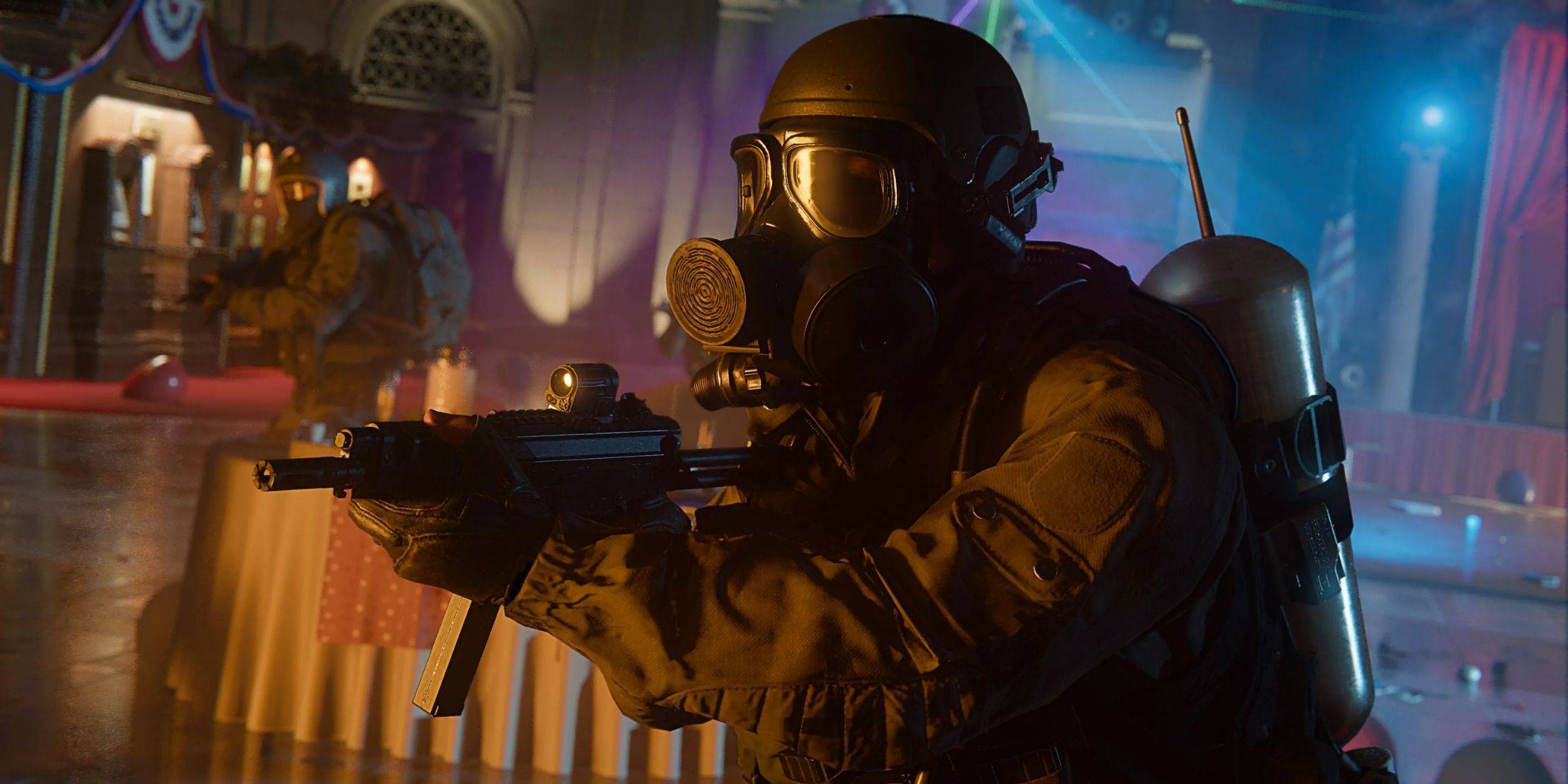Tempest Rising: Nostalgic RTS Resurfaces in the Modern Era
- By Savannah
- Feb 20,2025
Tempest Rising: A Nostalgic RTS Masterpiece
From the moment I launched the Tempest Rising demo, I was hooked. The opening cinematic, complete with cheesy dialogue from heavily armored soldiers and a nervous scientist, instantly brought a smile to my face. The music, UI, and unit designs perfectly captured the vibe of my high school days spent playing Command & Conquer with friends, fueled by sugary drinks and late nights. This modern take on a classic RTS is a blast from the past, and I'm eager to see what Slipgate Ironworks delivers at launch. Whether battling AI in Skirmish or facing off against other players in Ranked Multiplayer, Tempest Rising felt incredibly familiar and comfortable.
This nostalgic feel is intentional. The developers aimed to create an RTS that evoked the spirit of 90s and 2000s classics, while incorporating modern quality-of-life improvements. Set in an alternate 1997, where the Cuban Missile Crisis escalated into World War 3, Tempest Rising unfolds in a world ravaged by nuclear war and overrun by strange, energy-rich vines.
Tempest Rising Screenshots

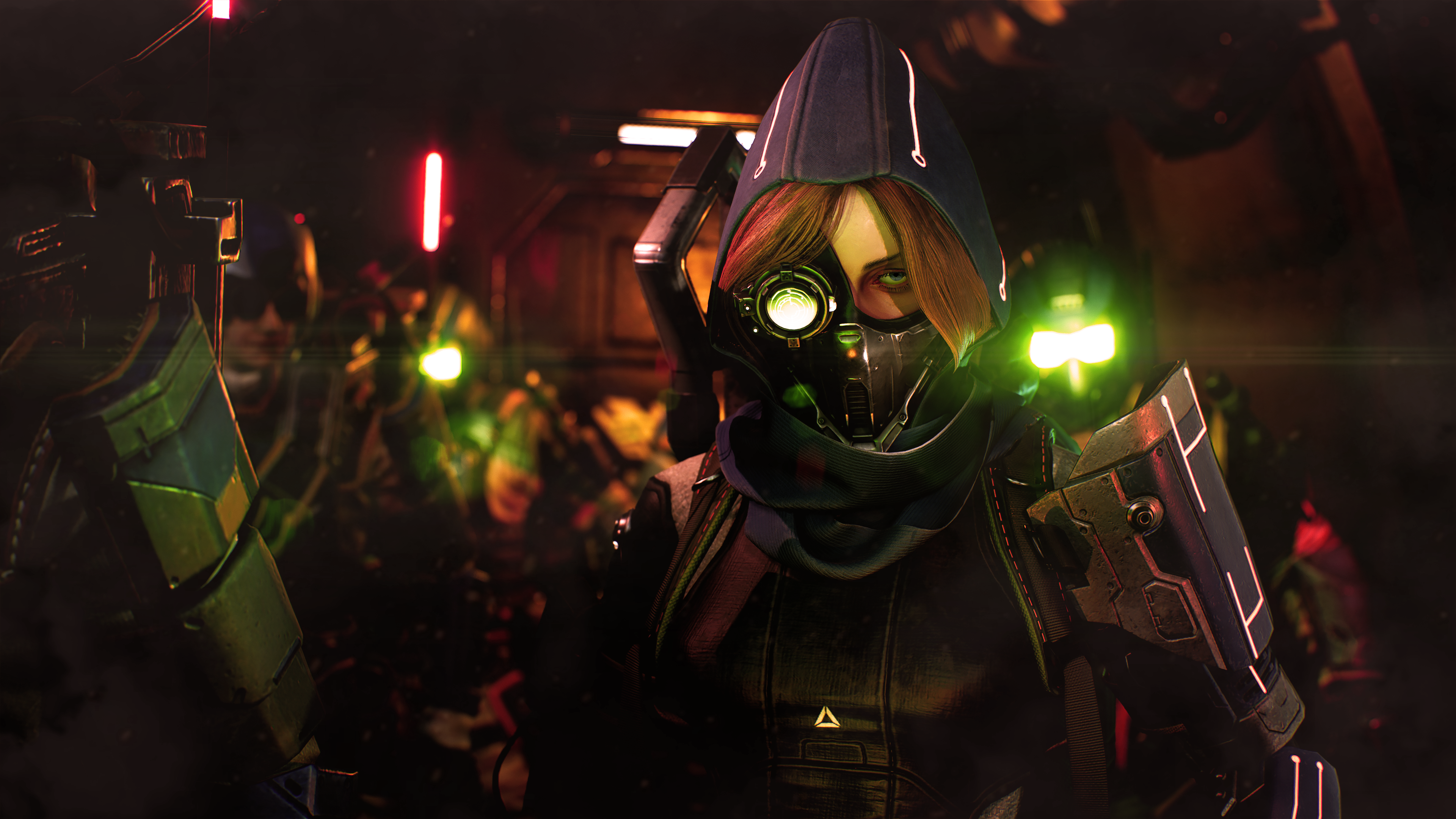 8 Images
8 Images

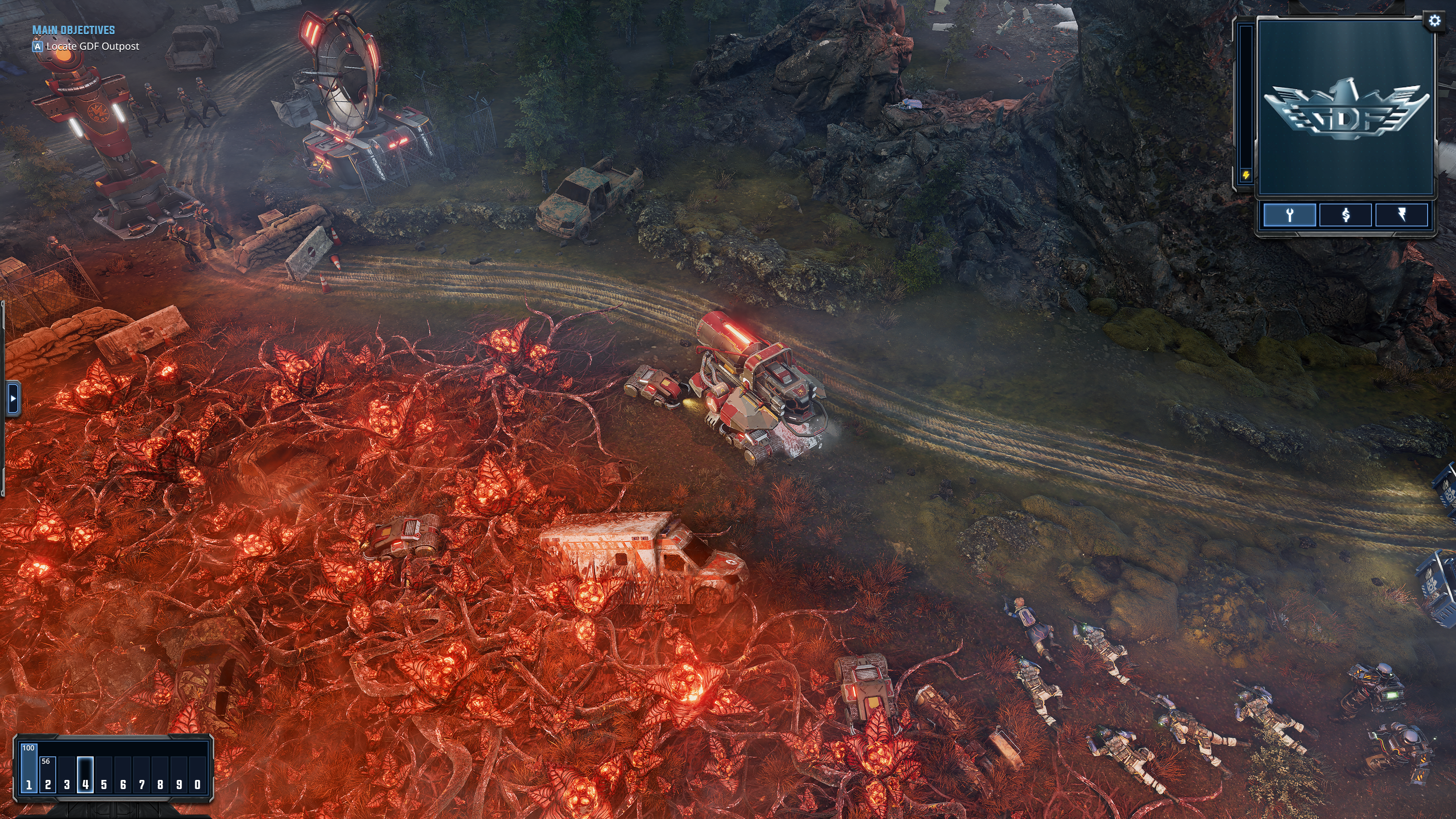
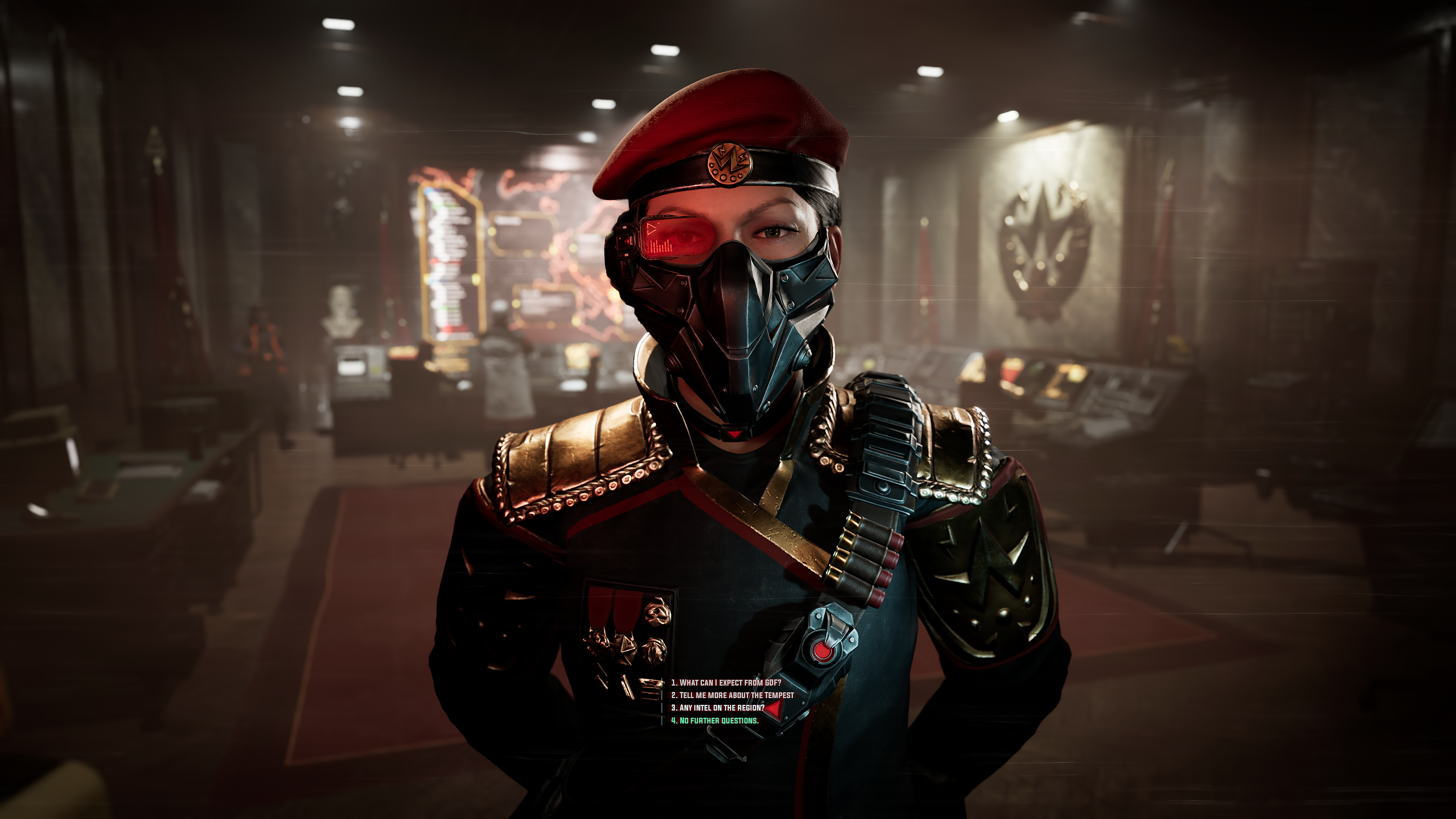
The preview build focused solely on multiplayer, so I'll need to wait for the full release to experience the story mode, which boasts two 11-mission campaigns, one for each main faction. The Tempest Dynasty (TD), a coalition of Eastern European and Asian nations devastated by WW3, and the Global Defense Forces (GDF), an alliance of the US, Canada, and Western Europe, are both playable. A third, currently unannounced faction, will be revealed later.
I gravitated towards the Tempest Dynasty, partly due to their ludicrous Tempest Sphere—a rolling death machine that crushes enemy infantry. The Dynasty also utilizes "Plans," faction-wide bonuses activated at the Construction Yard. These Plans, cycling through a 30-second cooldown, offer strategic flexibility.
The Logistics Plan accelerates building and resource gathering; the Martial Plan boosts unit attack speed and provides explosive resistance; and the Security Plan reduces unit and building costs, enhances repair, and expands radar range. I found a satisfying rhythm switching between these Plans for economic growth, rapid construction, and powerful offensives.
This adaptability extends to other aspects. Unlike the GDF's stationary refineries, the Dynasty uses mobile Tempest Rigs to harvest resources, allowing for flexible expansion regardless of distance from the base. This made my favorite "fast expand" strategy incredibly effective.
The Dynasty's Salvage Van is another highlight, capable of repairing or, in Salvage Mode, destroying enemy vehicles for resource gain. Ambushing unsuspecting opponents and reclaiming their resources proved highly effective.
Power plants can switch to Distribution Mode, boosting nearby construction and attack speed at the cost of taking damage—a risk mitigated by the mode's automatic shutoff near critical health.
While I favored the Dynasty, the GDF offers its own appeal, focusing on buffing allies, weakening enemies, and battlefield control. The Marking mechanic, where units mark targets for debuffs and Intel gain (used for advanced units), is particularly potent with certain Doctrine upgrades.
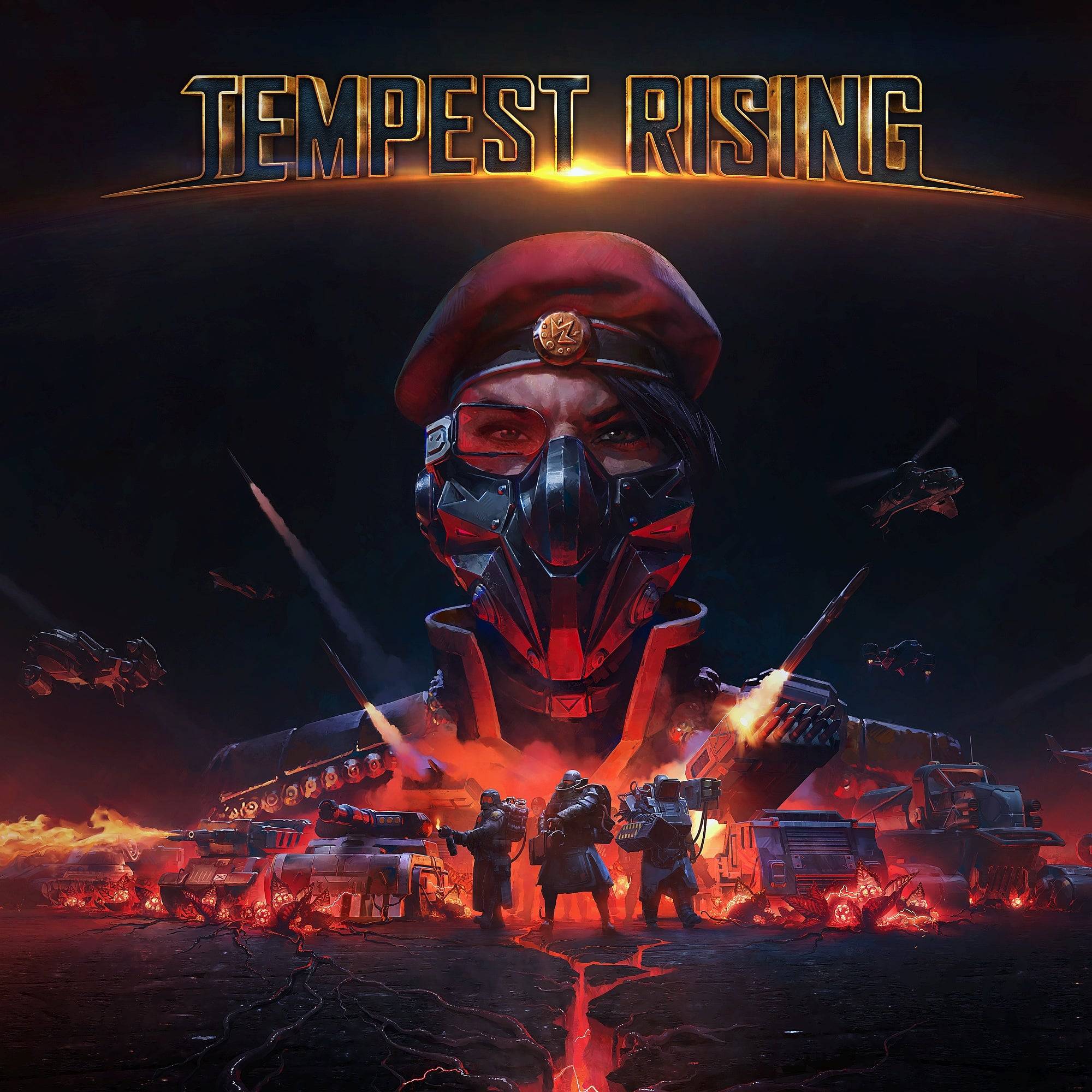 Tempest Rising3D Realms Wishlist
Tempest Rising3D Realms Wishlist
Both factions offer three tech trees and powerful cooldown abilities accessed through advanced buildings. These abilities add strategic depth and unique tactical options. The GDF's options include spy drones and battlefield manipulation, while the Dynasty's Lockdown prevents enemy takeovers. The Field Infirmary, a mobile healing zone, proved invaluable.
The launch version's Custom Lobbies will allow cooperative play against challenging AI. Until then, I'll continue my solo campaign, crushing bots with my unstoppable army of death balls.
Latest News
more >-
-
-

-

- Fist CCG Duel Best Heroes in 2025
- Dec 21,2025
-


